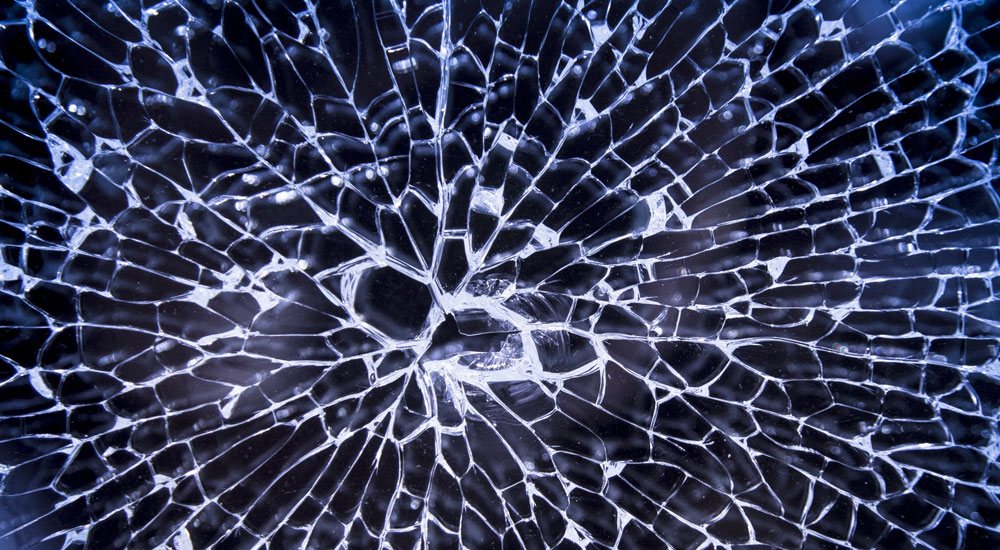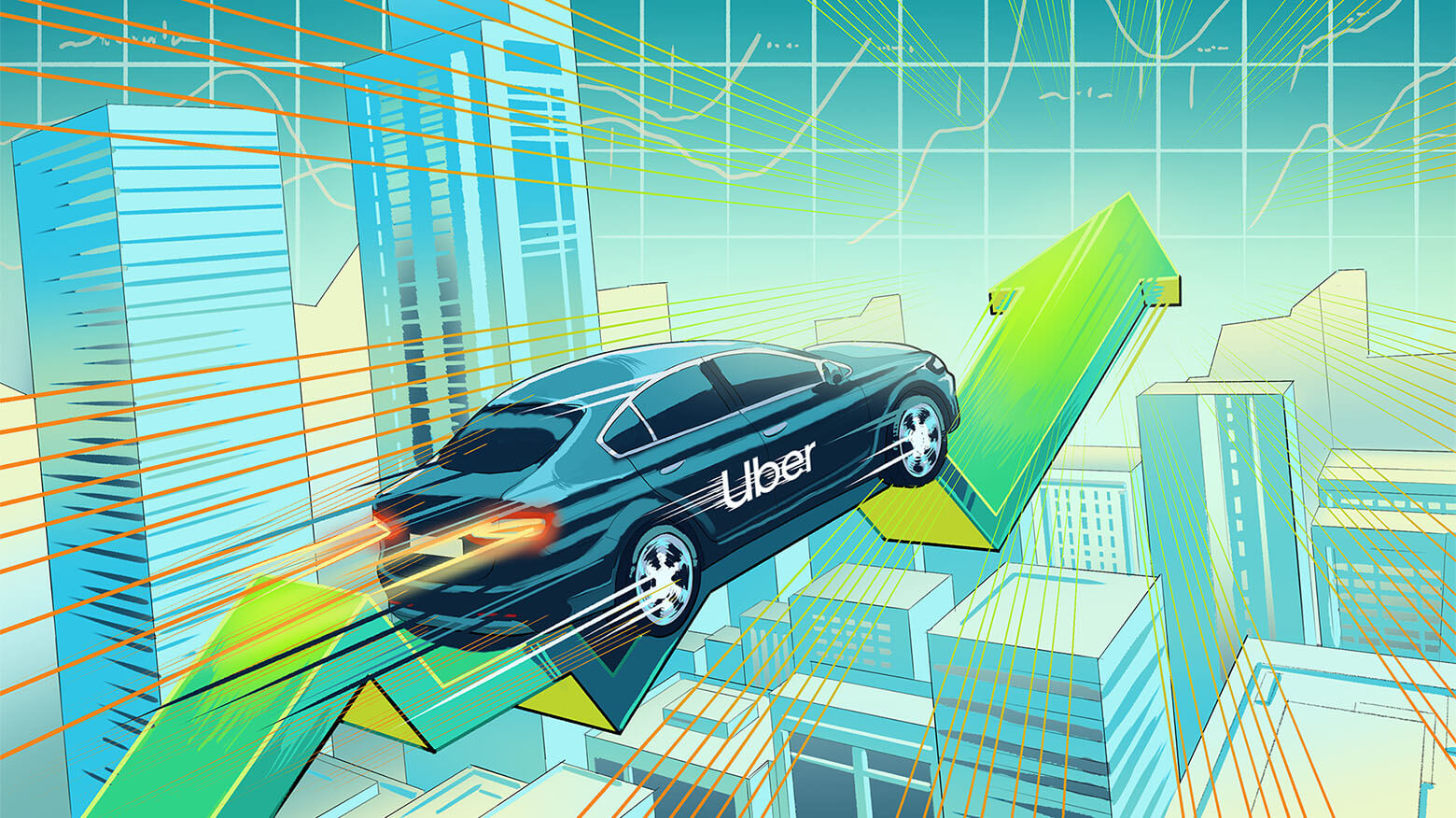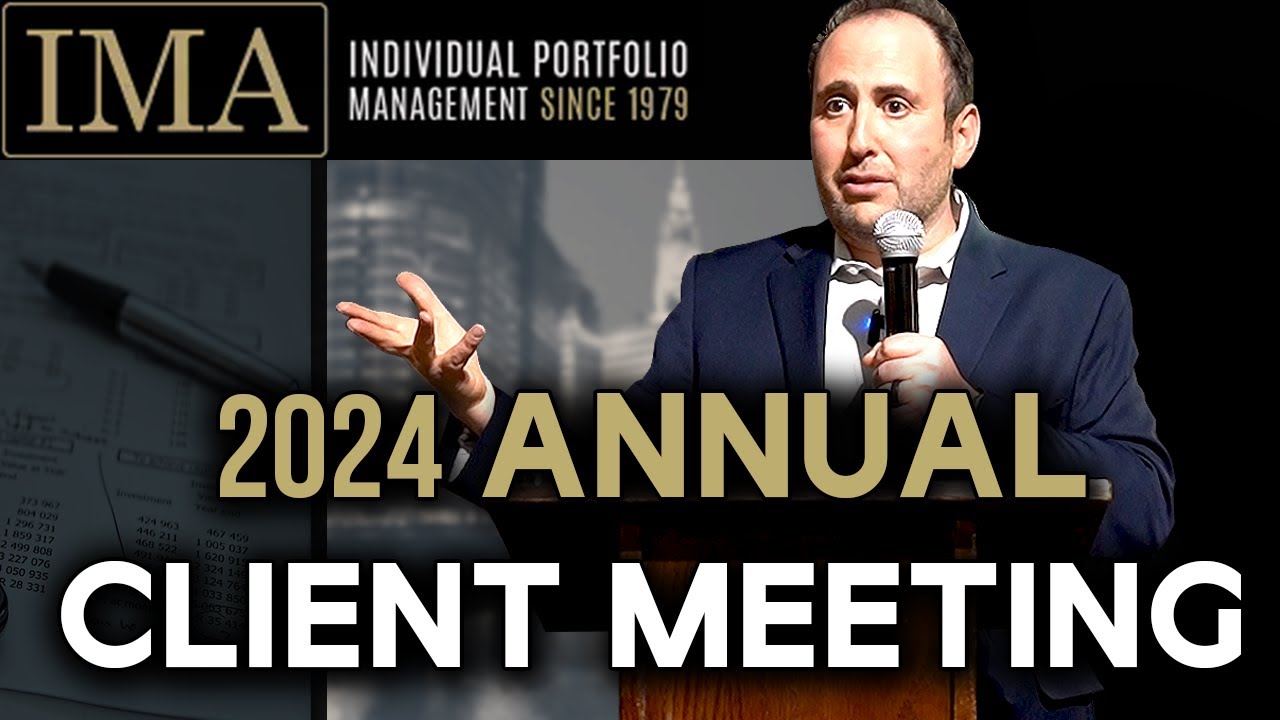Path dependency is a very important concept. It’s something we constantly think about, and thus, we’ll take a small detour to explore it.
In addition to our traditional quality analysis, which falls into three buckets (business, balance sheet, and management), we also look at companies through the slightly different lens of fragility.
We owe our gratitude for this concept to one of our favorite thinkers, Nassim Taleb. Nassim wrote Fooled by Randomness and Antifragility, among other books. In Antifragility, he says that the concept of fragility is actually comprised of three concepts: fragility, robustness, and antifragility.
We all know what fragile is – something easily breaks from stress. Glass is fragile, which is why when you ship it, you gently wrap it up in a lot of bubble wrap, put it in a box, and write “FRAGILE!” on it. Then you pray to the shipping gods that every person it meets along the way is a gentle soul, who handles it with care so it doesn’t arrive in bits and pieces. Fragile things require a lot of care and prayer.
Then you have robust things. Beat them up, throw them around – they don’t care. They still come out okay in the end, as if they were made out of good rubber. No fussing or praying required.
And finally, we have antifragile things. They are just like robust things, except that they actually benefit from all of the abuse heaped upon them, gaining strength from it. With antifragile things, you pray for abuse and disorder. We think of them as robust (rubbery) things that have the ability to not only adjust to blows, but learn and grow from them.
Let’s explore these concepts from the perspective of stock analysis. It is 2007; the economy is chugging along. Let’s say you have three companies in your portfolio: Fragile (F), Robust (R), and Antifragile (A). Then, the 2008 Great Recession hits.
Company F’s business is cyclical, and it has a lot of debt. As demand for its products declines, so does its revenue. It has fixed costs, and thus its profitability declines a lot more than its revenues – it starts losing money. Its balance sheet is an amplifier of bad news. The most obvious scenario: It can’t make interest payments and goes bankrupt. There are some other scenarios with less bad, but still tragic, outcomes. For instance, F makes its interest payments, but its debt comes due and it cannot refinance it. It is forced to issue equity, which at this point has declined a lot, and thus it dilutes its shareholders. Then 2008 rolls into 2009 and the economy improves; but as a shareholder of company F, you have either been wiped out by its bankruptcy or your ownership in the company is significantly reduced. Either outcome brings a true risk: permanent loss of capital.
Company R’s business is stable. Revenues decline during the recession, but overall profitability has not really changed much from its 2007 level. R may have some debt, but it can easily make interest payments, and it can pay off any debt maturity coming its way from cash flows. It handles the recession as a minor inconvenience. So, the cost of a severe recession to company R is time – the loss of a few years of growth.
And this brings us to company A. It has a lot of the qualities of company R. It may have a stronger, cash-rich balance sheet. It is the strongest company in its industry. The recession puts its more fragile competitors out of business. Without doing anything, it comes out stronger, with a larger market share and thus higher earning power (this could also happen to company R).
The main difference between company A and company R is that A is in a position to take advantage of adversity and grow stronger from it. Its management plays a key role here. It views the recession as an opportunity to buy weak (fragile) competitors. Maybe it puts its struggling competitors out of business through aggressive actions, like lowering prices (sorry, we’re talking about the survival of the fittest, antifragile). Or it takes advantage of its stock price, which may have declined but to a lesser degree than those of its more fragile brethren.
At the core, our antifragile company feeds on the differential fragilities in the industry (it takes advantage of the fragilities of others). The larger the differential in fragilities, the more A benefits. A strong business and healthy balance sheet allows smart management to take advantage of stress.
It is easy to see the differences between A and F. The differences between R and either A or F, though, are much subtler. Company R may be in a better position than company F, but just enough to survive the adversity… not benefit from it. Company A’s business quality and balance sheet may be similar to R’s, but its more agile management may be what makes a robust company antifragile.
This brings us to path dependency. Fragile companies are path-dependent, while robust and antifragile ones are not (at least from the perspective of survivability). If recession comes sooner than you expected, then your fragility may lead to a permanent loss of capital.
When you own a fragile company, where the point of fragility is a weak balance sheet, you have to do a lot of praying to the economics gods. But fragility caused by a balance sheet is not always permanent, because debt is not permanent and can be paid off. If the economy is doing well and a fragile company generates cash flows, it can pay down debt and become a robust or antifragile company.
In the example above, the stressor of a company’s fragility was a recession, but it is just one of many possible stressors. In the case of Teva, unexpected generics price deflation was the stressor, which was amplified by the company’s significant indebtedness.
Let’s get back to Discovery. The Scripps acquisition made Discovery fragile – the quality of its business declined and its balance sheet weakened. If we don’t have a recession for a few years or cable cutting doesn’t accelerate, then Discovery may be able to turn into an antifragile company, as it will pay down debt – the Scripps’ acquisition may yet be a success. But if recession comes soon, then advertising revenues may take a dive, the company may feel the pain of its balance sheet, and it may be forced to issue shares at very disadvantageous prices, diluting shareholders.
We still have tremendous respect for Discovery’s management, especially John Malone, who controls Discovery and who has a great track record of taking advantage of adversity. But owning fragile Discovery requires a lot praying to the gods of the economy, and we like to leave praying for the success of our activities outside the realm of investing. We sold our shares of Discovery at a small loss.
Gilead Science’s Purchase of Kite Pharma
Wall Street has been pressuring Gilead’s management for years to make an acquisition. Gilead management has never felt that they have to do anything, though, unless it creates shareholder value and is a good fit. Gilead has not been sitting still, though: It is spending $3 billion on R&D, which at some point will bear fruit. Its HIV business is steadily growing, but hepatitis C is a slowly declining cash cow that will be worthless when it cures all sick patients globally (unfortunately for the sick, this is still a long way out).
Gilead management has a terrific, but small, acquisition record. In 2011, it paid $11 billion for Pharmasset, a company that had no revenues and a molecule a few years out of (maybe) being approved: a cure for hepatitis C. Well, cure hepatitis C it did. It was an incredible success, generating $20 billion in revenues in just the first year of sales. It is incredibly difficult to judge this transaction, though, because we don’t really know the role that luck played here.
Wall Street sees Gilead’s purchase of Kite Pharma as Pharmasset 2.0. Gilead is paying $11.9 billion for a company that has just $20 million in revenues but that also has a possibly revolutionary medicine to treat cancer… and thus reap billions in profits. We’d love to believe that this acquisition will be a success, but we don’t know. And neither does Wall Street.
From the risk perspective, even if the Kite acquisition doesn’t work out, it will not make Gilead fragile. It will the cost the company one year of earnings. Gilead has net cash balance sheet. Our view on the company has not really changed, except that now we also hold a $12 billion lottery ticket that may cure cancer. This acquisition doesn’t have most of the dis-synergy risks we discussed above – Gilead is buying research and scientists. A few people in Kite’s offices may lose their jobs, but they are not central to the success or failure of this deal. Science and luck will decide whether the deal is successful. If Kite’s drug is as good as Gilead’s management thinks it is, then we’ll have Pharmasset 2.0. If not, we lost a year of earnings.
Gilead is an antifragile company. It generates significant, stable cash flow, has a great balance sheet and management that is great at running the business, and is a rational, patient, capital allocator.










0 comments